Dear Parents,
What a wonderful school year it has been for your kids! Each child is right on track of where they are expected to be in their growth and development for their age group, and frankly, I feel like they are all “ahead” of what is typically expected of them at this time of year. Okay, maybe I am a little overly passionate about the Montessori Method when I find myself putting our students on a pedestal while I am bragging to friends and family about how smart they are, but I’m just really proud of our students! I find our students to be very thoughtful and aware of their environment as they learn to find their place in the universe, and I hope you agree. After my experience of working in traditional schools in the past, I find that for children, the Montessori method has far more intellectual stimulation to offer than your typical traditional preschool. Your kids want to know about the world, how things work, how to build relationships, how to better express themselves, and how to do things on their own! This year, our students practiced various ways to learn about caring for one’s self and the environment, and they have had many opportunities that have helped in building character and problem solving skills. I imagine that you see their new curiosities and interests each and every day. We are thankful as teachers to have such supportive Montessori parents, and we feel that you too have embraced this method as you apply this type of learning each time you engage in thoughtful conversations with your children about the world around them.
Final Lessons of the Year
During the last months of the school year, we especially focus on small group and individual based lessons. Below are just some of the many lessons that kids have been observing and applying. If we haven’t reached out to you personally with any concerns, you have nothing to worry about if your child has not yet learned lessons from the examples below. Keep in mind that each child is focusing in different areas in our studio at different times throughout the school year. Your children should never be rushed into any subject area as they have plenty of time, i.e., months or even years before they should be expected to try certain materials. While we want their choices to happen naturally, we take note of what each child is is currently showing interest in. With our observations, we recognize when a child needs to be challenged and we offer different material to individuals that should draw their interest in a new way to try something more complex. Prerequisites must take place before some lessons are understood, so it is especially important that our young ones are being challenged to practice the fundamental Montessori material that we offer.
Measuring & Drawing Shapes with a Ruler
This lesson was presented in small groups to each and every child in our studio. Our younger students especially enjoyed participating during the small group lesson as they were asked to point out various sizes of squares and rectangles. We measured the differences in lengths and talked about how all of the sides of the square are equal, and so forth. During work cycle, many of our older students were especially interested in applying this new knowledge as they drew their own squares, triangles, and rectangles by measuring in inches with a ruler.
Cursive
A few lessons on how to write in cursive have been given to our 4 and 5 year olds that already know most or all of their letters in print. All ages are welcome to match the wooden cursive letters and they can always try out cursive tracing pages. While cursive is fading away in many schools, it still lives in most Montessori classrooms. We find it to be a natural form of art that helps in building fine motor skills. The motions in learning cursive are comparable to your children’s artwork when you catch them making circular movements in their drawings without lifting their pencils. The consistency of the curves are stimulating and therapeutic once a child finds a rhythm to their practice. While it’s important for our older students to know how to print so that they are prepared for any school once they move on, we still like to keep cursive as an optional practice for anyone who wants to try out some “fancy writing,” as some of our students like call it 🙂
Ongoing Lesson: Making Order with Picture & Word Cards
It is a regular practice for us to encourage our students to learn to match and categorize by lining cards up from left to right, in columns or rows. As I always say, this practice can help a child to find a sense of order as well as to build a natural habit when it is time to begin reading words from left to right.
Math: Addition, Subtraction, Etc.
Math has become very popular this year, especially for older students who finally recognize numbers 1-10 or higher. Once they have a true understanding of the quantities by practicing our fundamental material (which might take 1 or 2 years, depending on what age your child entered the studio), we have plenty of Montessori material that offers a visual and purpose to how math can be applied in our daily lives.
Below are examples of material that is typically utilized in a kindergarten Montessori classroom. Some of our older students worked through all or most of the prerequisites during the school day this year as they were rather determined to try this material out. This material is not required to be presented in preschool, and it’s perfectly fine if there is not yet such a strong interest. Some of our older students are very passionate about writing right now and are focusing primarily on letters, and perhaps some younger ones prefer to focus mostly on problem solving works in the sensorial area. Whatever the focus may be at the moment, I want to emphasize that in Montessori, all of the subjects are equally beneficial, and everyone has plenty of time to cycle through our studio and try new things.
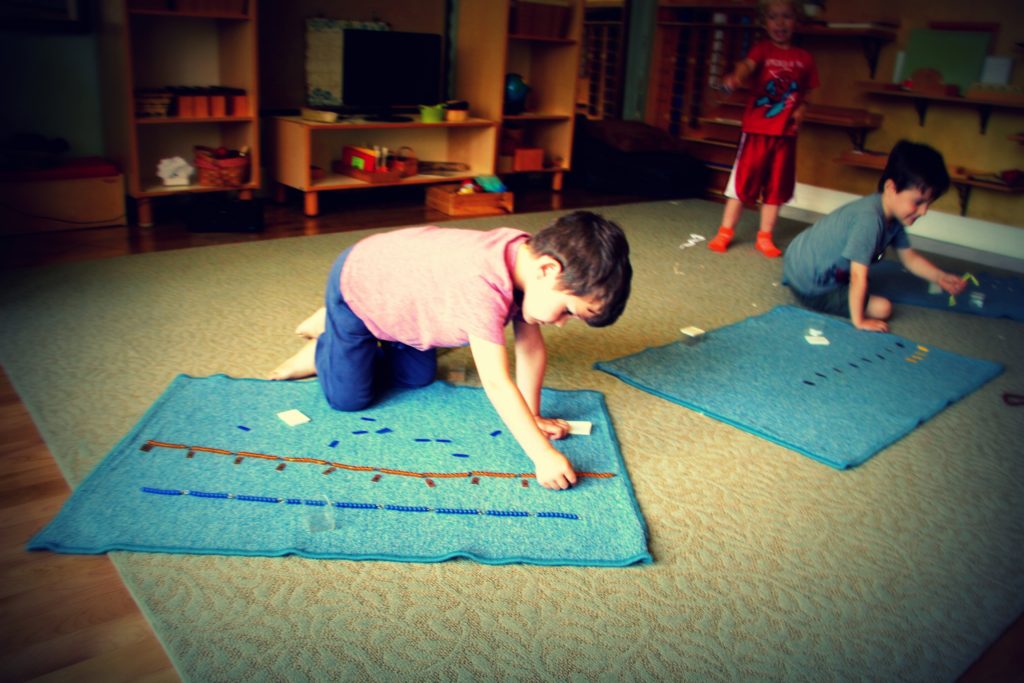
Skip counting / Multiplication- Place the last number at the end of each grouping (e.g. 5, 10, 15, 20)
Practical Life Extensions
At the beginning of the year, kids practiced working on their coordination by handling utensils with a one or two step process. An example might include pouring water back and forth from one pitcher to another. Over the past few months, we’ve added 3, 4, or 5 steps to much of the material. The kids learn to sequence in this way as their memory is tested, and they are also responsible for cleaning the material as well as placing it back in order just the way they found it.

This practical life work requires multiple steps that include grinding up dry food with a pestle and mortar until it is sandlike. Students check their progress by pouring the ground food through a sifter.

Adding tiny beads to pins is a year-round favorite. We change up the material on a regular basis to offer new and creative ways to decorate the pin cushion.
Repetitive motions in activities that might only require 1-3 steps are still offered in the mix, because kids can never get enough practice in building coordination. At this time of year, the material itself is a little more challenging to handle. For example, the openings to vases are much smaller to pour back and forth, the tongs are tighter and harder to press together, and you might have to be a little more careful with balancing objects when a very tiny spoon is required to be used in the transfer.
Cleaning Up Material
Cleaning up is also a big part of these practical life lessons. As the work gets more challenging, spills will happen! Your kids have been shown various ways on how to clean up water spills, food spills, and tidying up their material just as it was found. That said, don’t let them fool you if they aren’t cleaning up their messes at home!
Geography: The United States of America
The kids have continued to enjoy learning about the states, especially if a fun fact activity sheet is involved 😉
Writing in Booklets
Over the past few months, I have been putting together simple activity booklets for tracing or adding storylines, and most recently, I’ve been offering our 4 and 5 year olds blank booklets where they are given simple sentences to add to the pages. While many of our 4 and 5 year olds are very passionate about writing letters (and whether they can read or not), we encourage them to write and “read” what they wrote. We don’t ever like to correct them in the moment when they are so terribly excited about their work, because the goal is to keep them passionate about writing. So, we allow them to enjoy the moment, and whenever the opportunity arrises, we enthusiastically revisit them with their story and briefly show them the process on how we should go about sounding out the words. Eventually, all of this writing will make sense to them one day. A good number of our middle age students are recognizing many beginning sounds, and the “seniors” in the classroom are now reading 3-5 lettered words, sometimes more. It all happens naturally over the years, and we do our best to make the whole learning process a positive experience.
Writing in the Sand
Our sandbox serves as both a sensorial work and a language work. The kids are first shown to feel the texture of the sandpaper letters by tracing over the letter with two fingers, followed by making those same motions in the sand box. This material is actively used by kids of all ages throughout the school year. Kids especially love to take this work to a table by the window, and they always seem to get into a peaceful zone as if it were a meditative zen garden 🙂
Sequencing & Story Telling
We have had countless circle time discussions on story telling, sequencing cards, and about the messages behind songs that we sing. We ask the kids to think about answers to “who, what, where, when, how, and why” and we invite them to express their own feelings on the topics. Our students are always working their memory as they learn to recognize the order of events. You will find children of all ages working with the story telling box, “reading” books to each other, as well as putting sequencing imagery in order.

The story telling box is a popular work offered year round for it gives the kids a chance to be social through interacting various characters and props with one another. Periodically, we change the material in this box, choosing from miscellaneous objects (that I have randomly collected over the years) to encourage new story ideas to our students.

Sequencing event cards- sorting 3 different stories with very subtle changes of imagery on each card for a child to begin to recognize small details.

There is not a day that goes by that we do not see kids looking at books with one another at some point during the work cycle.
Beginning Sounds & Word Building
We have hundreds of imagery cards that we use to draw our students in for individual and small group lessons on beginning sounds and word building. Children ages 3.5-4 can be found matching beginning sound letters to imagery, while children ages 4-5 are working on word building.
Celebrations of Life
We have been booked with celebrations all the way up to the end of the school year! I have so many photos to go through still, so it would be helpful for me if you could let me know asap if I did not post yours and I will be sure to do so quickly! Thank you all for participating to make these celebrations so very special!
Work Cycle
It’s so hard to cover everything that we accomplish here, so hopefully you find the photos in general to be very informative. Here are more images of your precious kids:
Behind the Scenes
This time of year has been very busy for me, and I wish I could have spent more time emailing each and every one of you to let you know about the progress your child has made since our last meeting. I can only hope that you have seen the progress for yourselves! While you have all been on my mind, I have been motivated to take advantage of any downtime to work on new materials for your kids in the studio since we last met to discuss your child. I have been focusing on small groups and individual needs, trying to make sure that we have covered everything that we have talked about working on during the conferences. Before and after school, I have spent time putting together works, lessons, and activities for each and every age group. I think I have squeezed every lesson that I could possibly think of for this school year! That said, now is a good time to reach out if you have any questions or concerns! I am in town for most of the summer and you are always welcome to email me at any time if anything comes up later.
I also want to say, thank you for the many ways that you have shown support to us. While some parents somehow managed to find the time to pamper us teachers with thoughtful gifts during teacher appreciation week, others have shown their appreciation through kind emails or comments on the blog, etc. What would we do without you?! You have all given us so much positive feedback this year, and we truly feel appreciated by each and every one of you. I hope you feel good about how the school year went, and I will see most of you next year! If your child is moving up and on, we love to stay in touch– whether it be through Facebook, visits to the classroom on days that other schools are closed, and so forth– please, find a way to check in every so often! Hopefully, we will at least see most of you at the party on the last day of school!
Warmest Summer Wishes,
Angelique



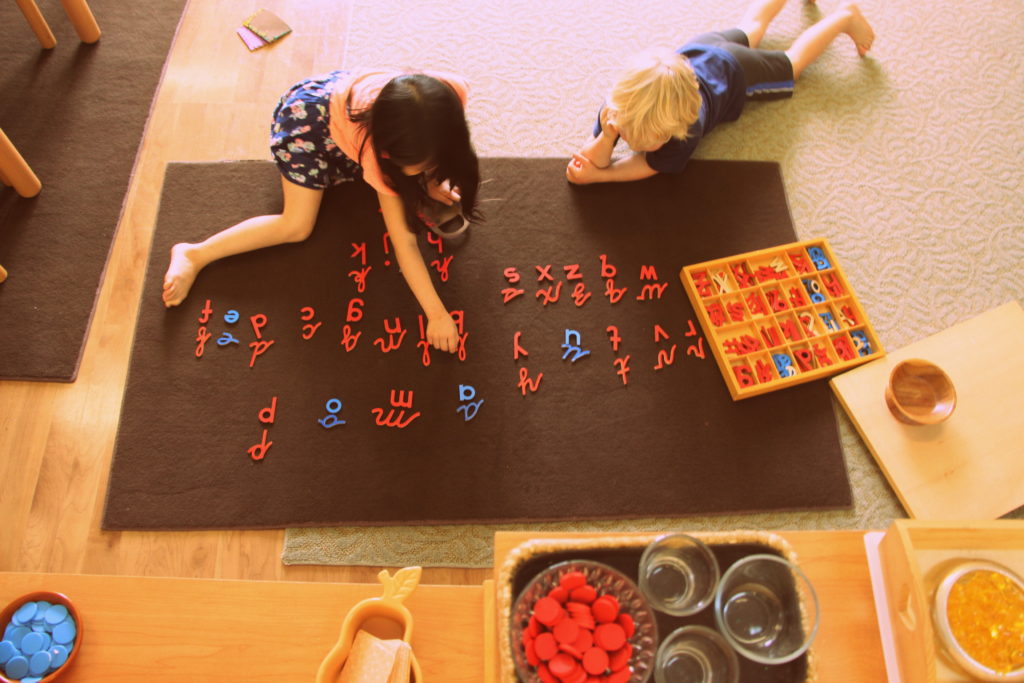




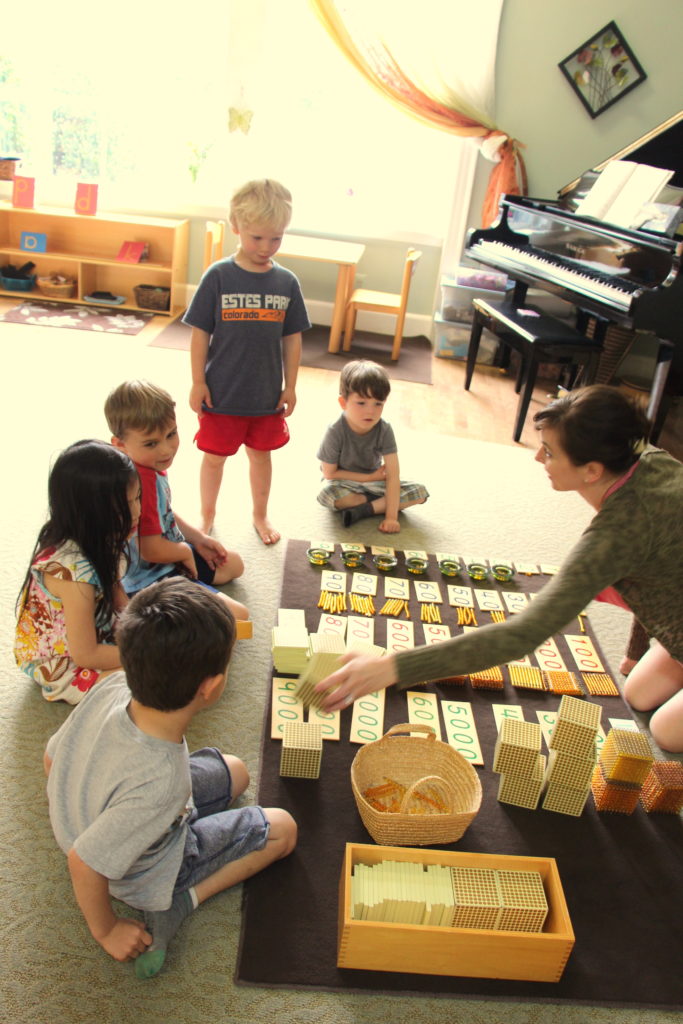
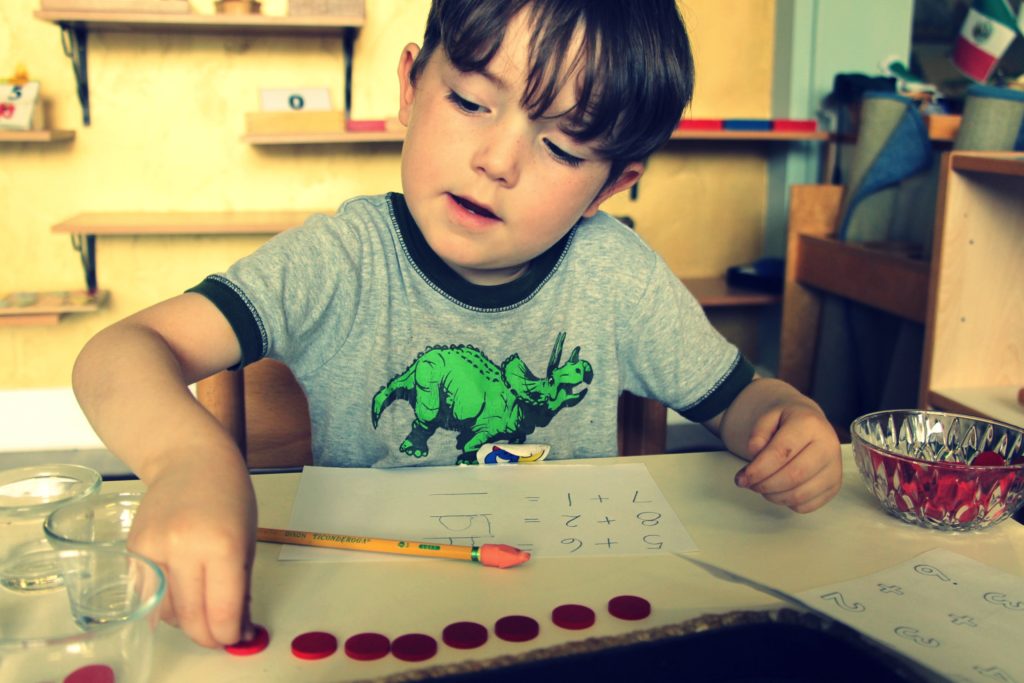







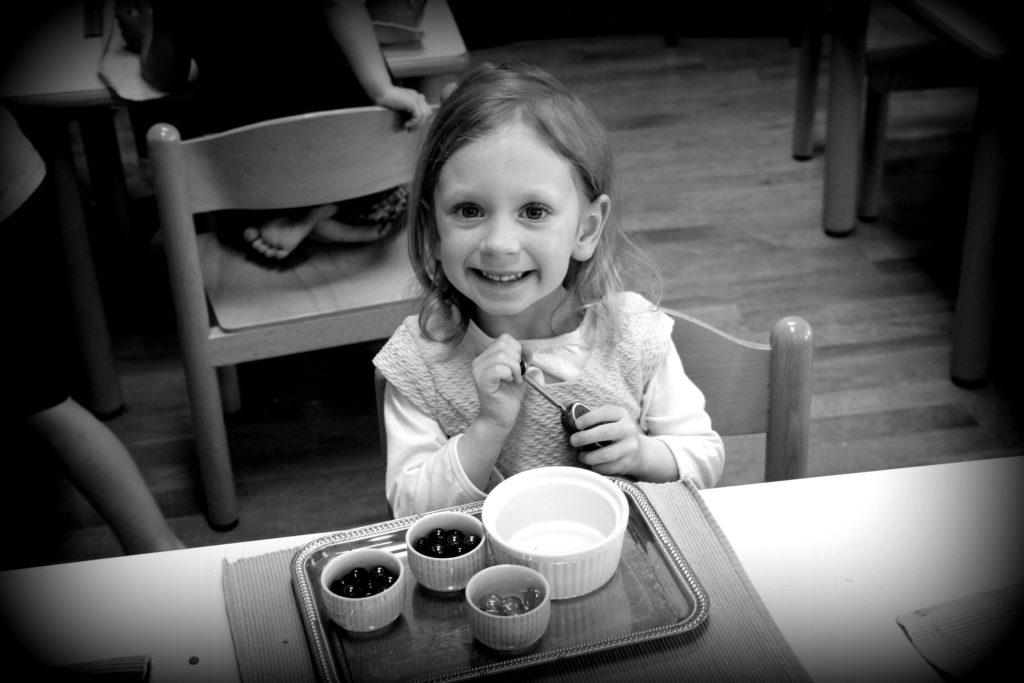








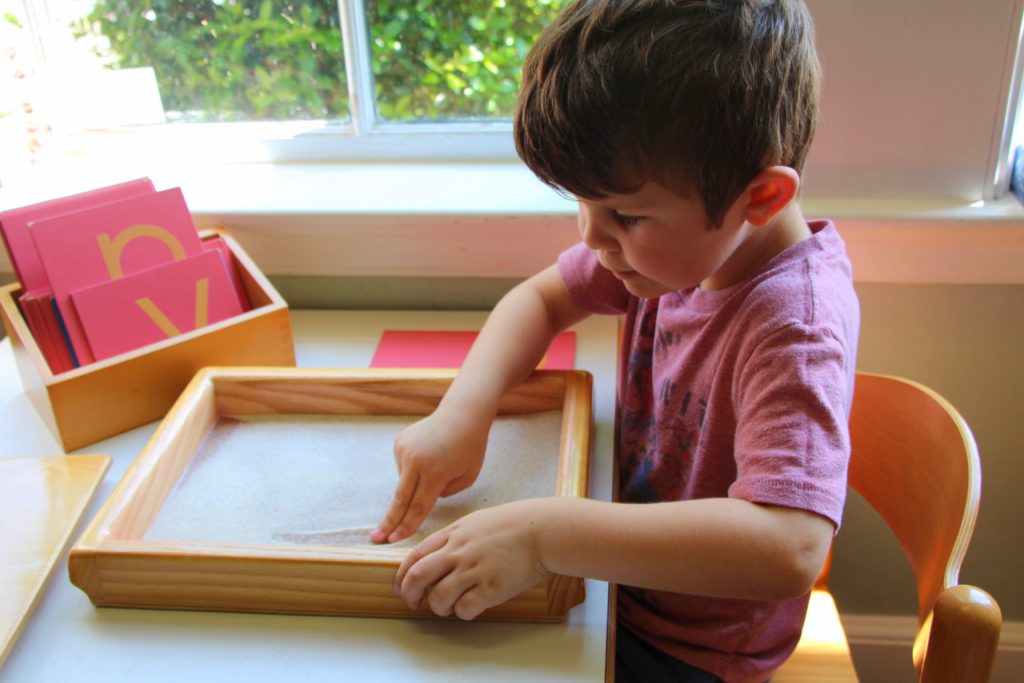



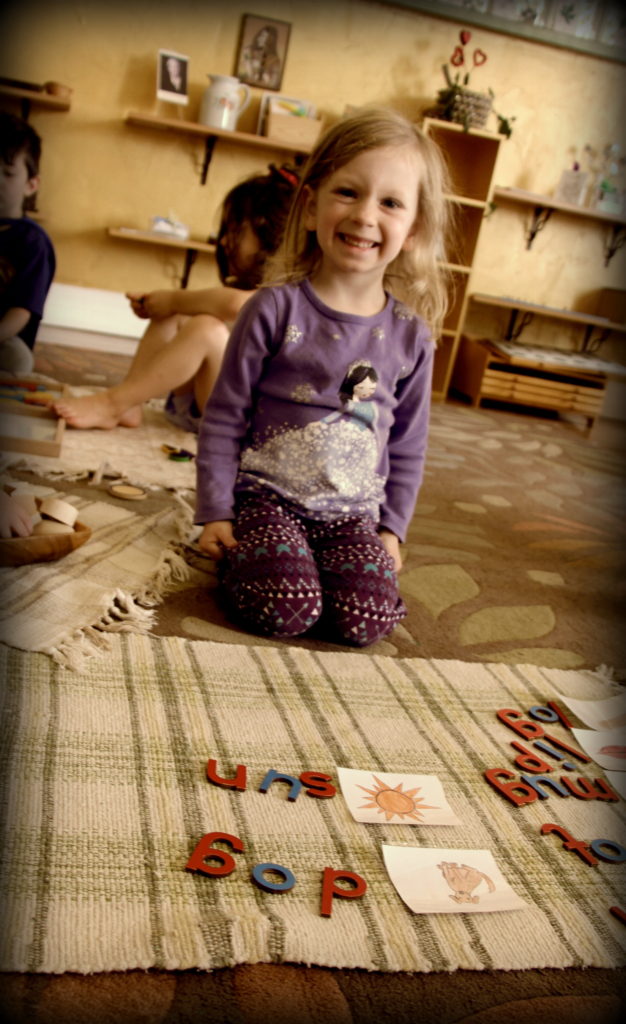






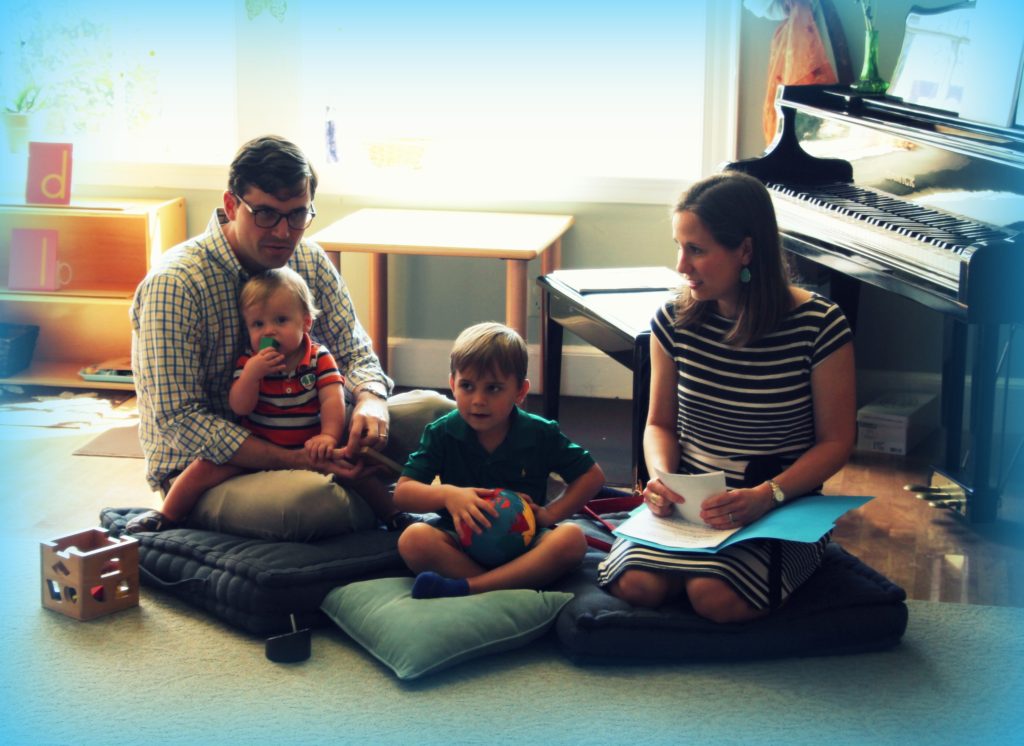



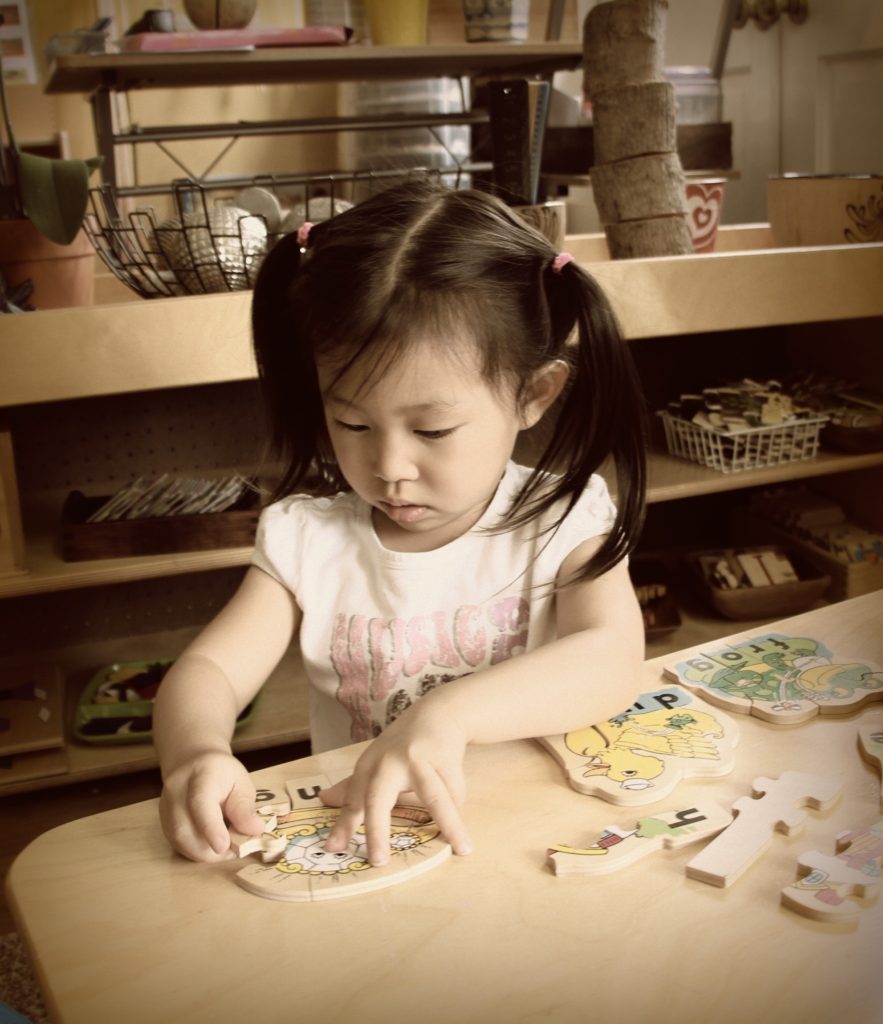









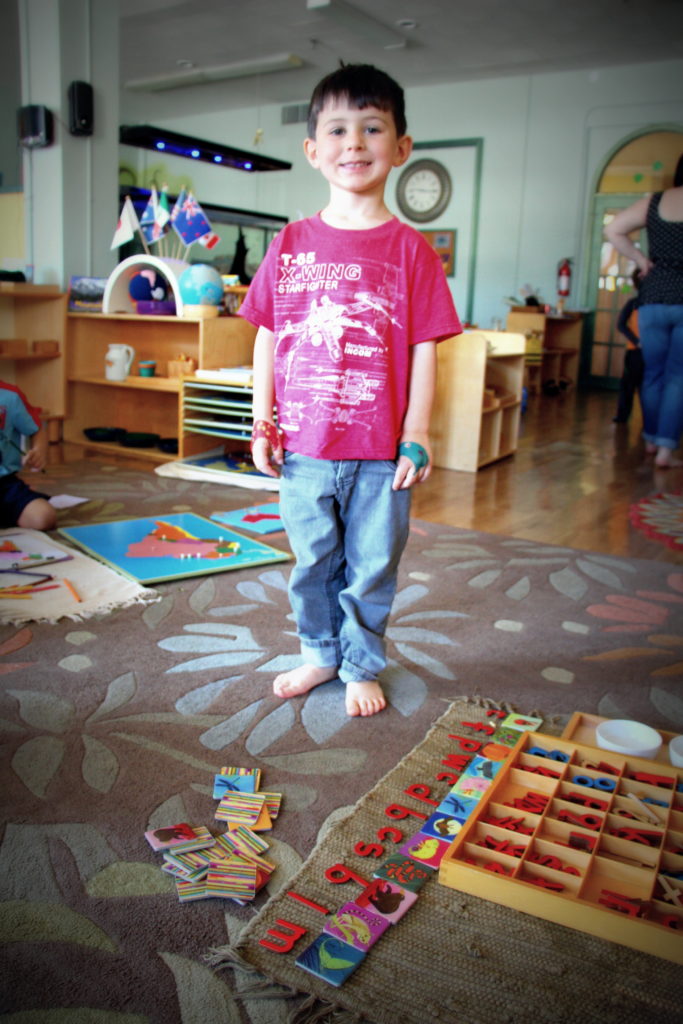







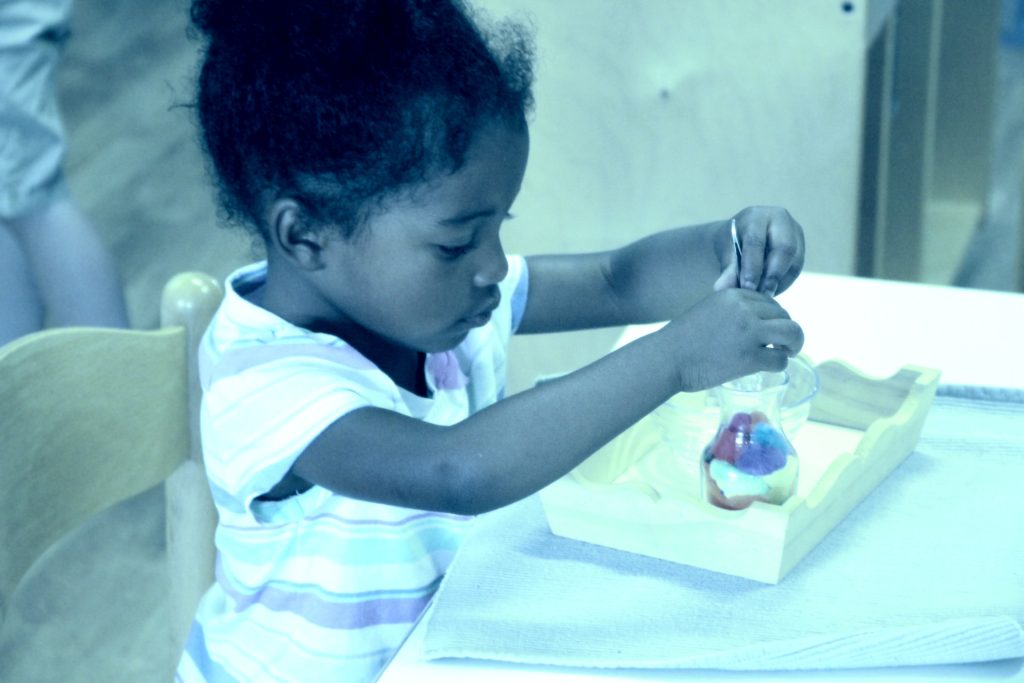
















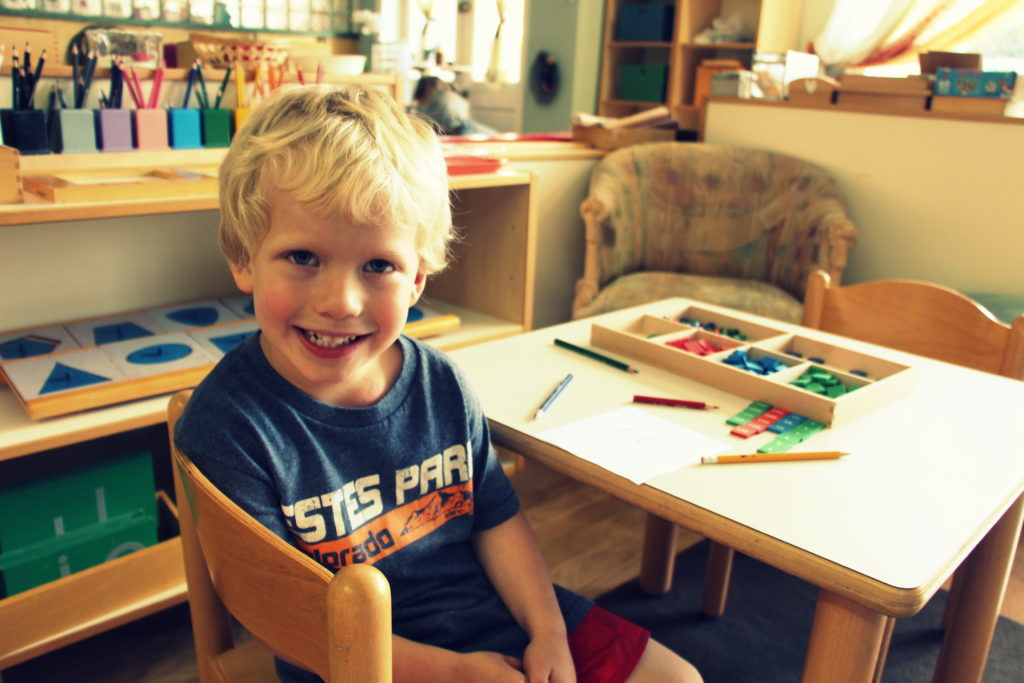

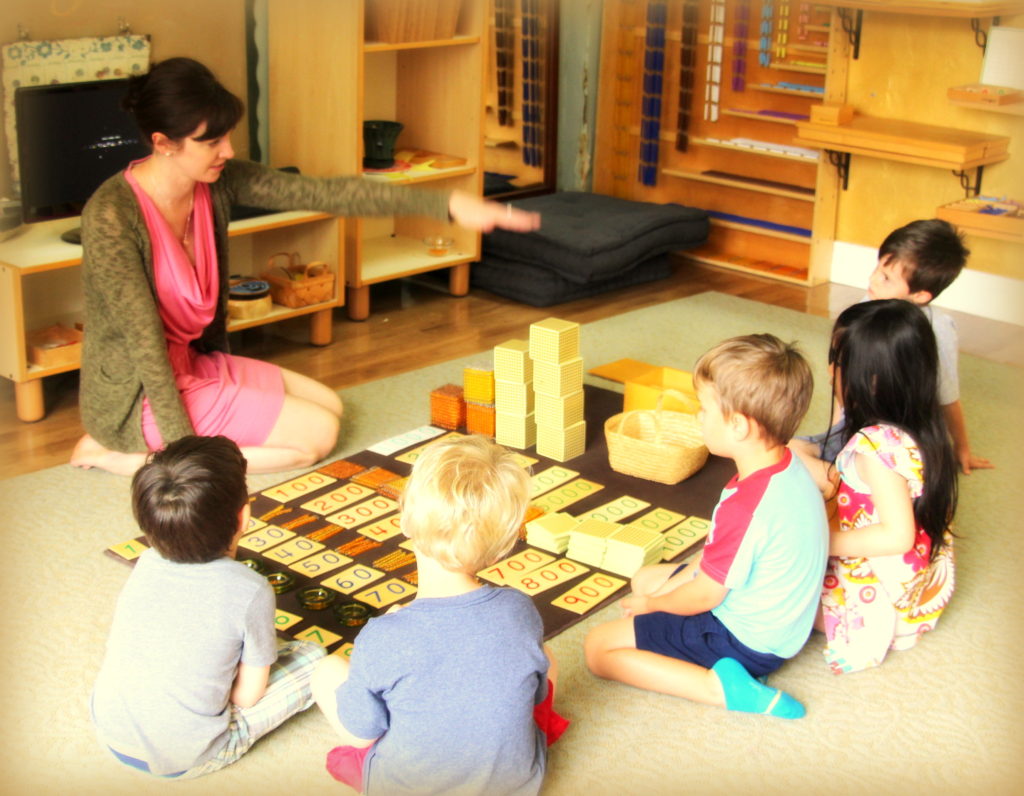
















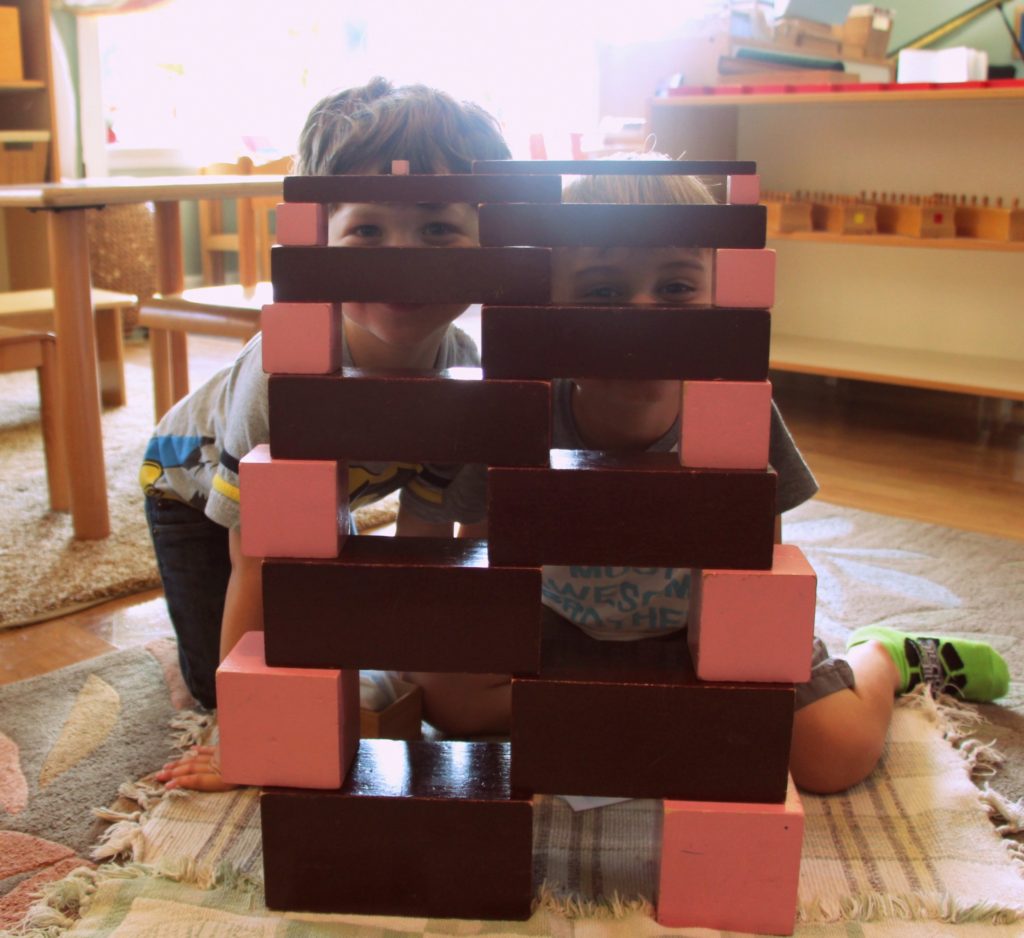










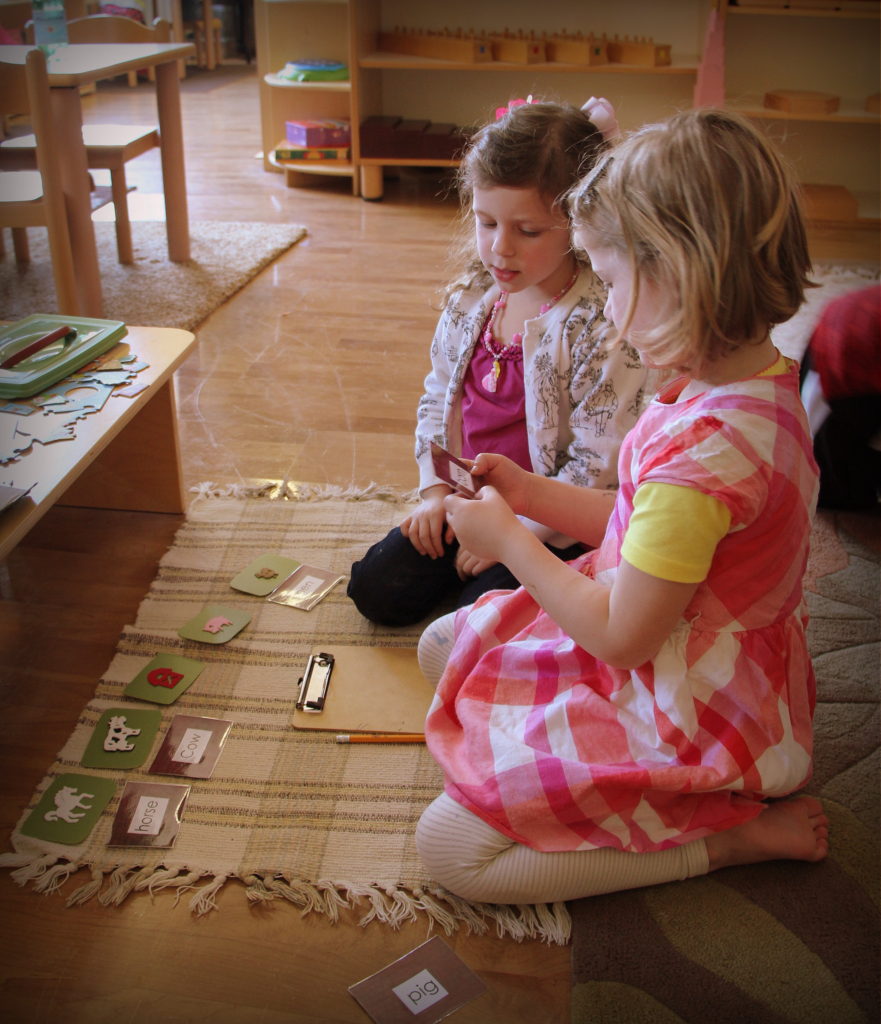



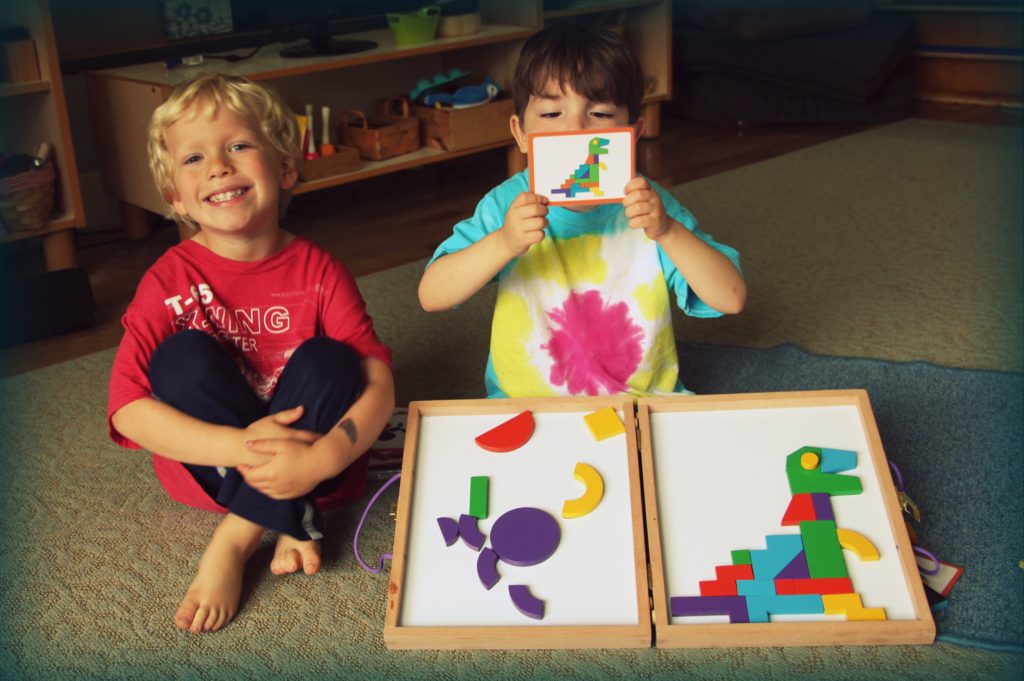



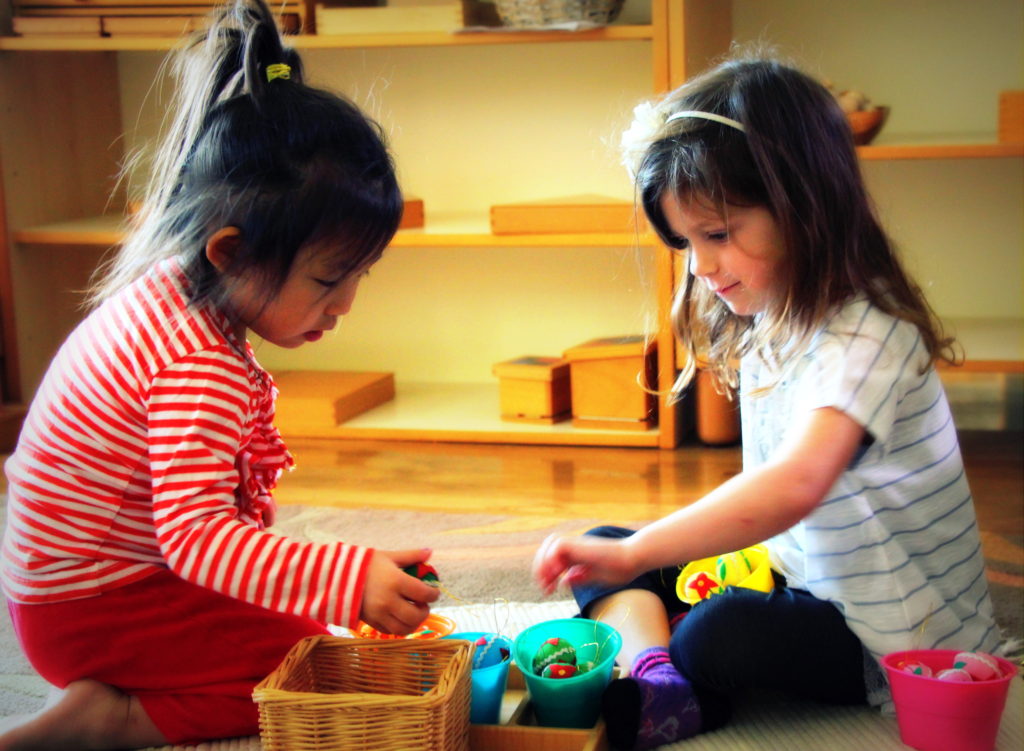


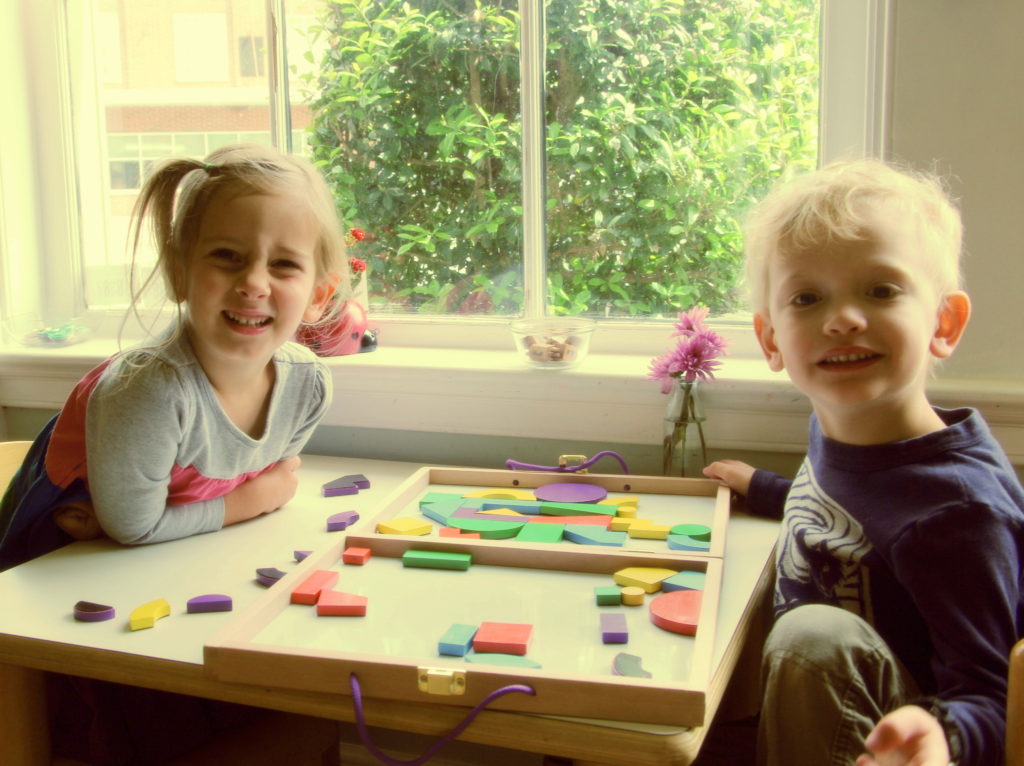



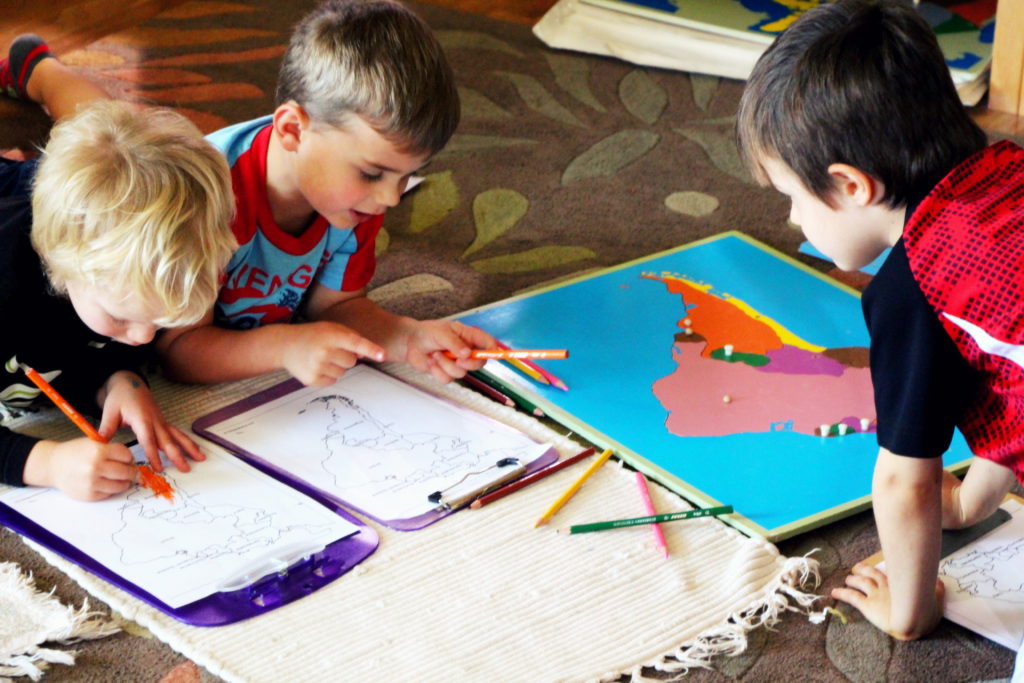









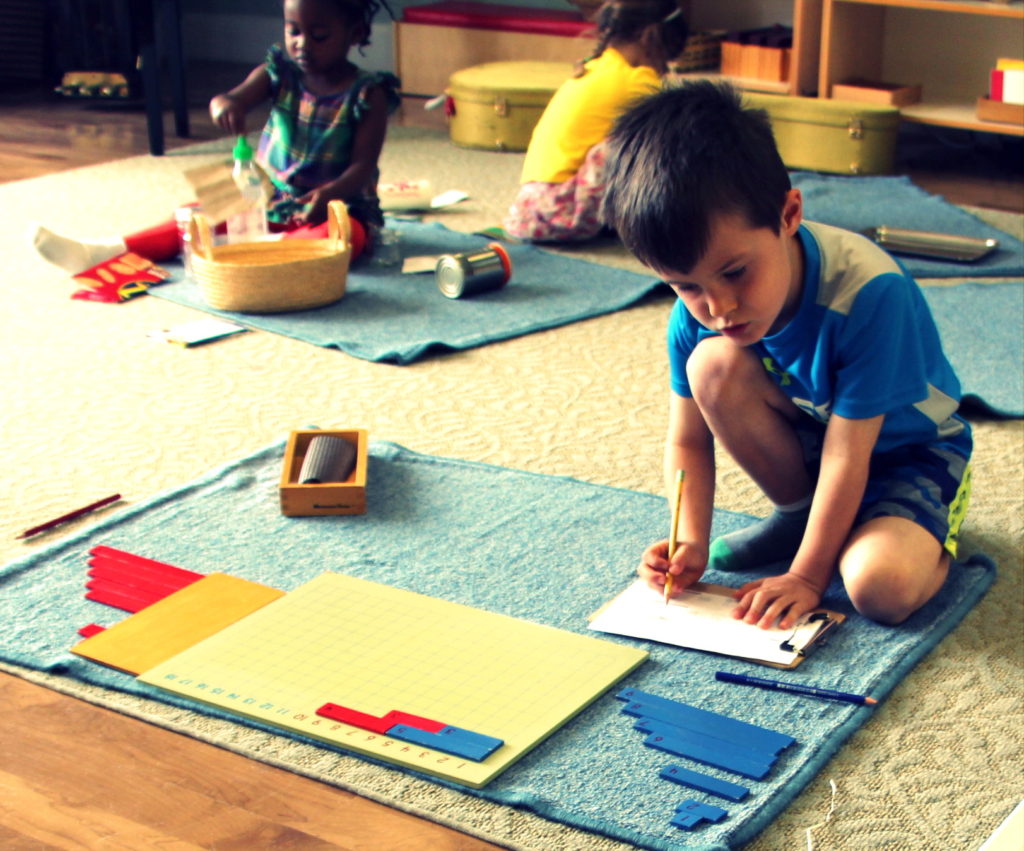



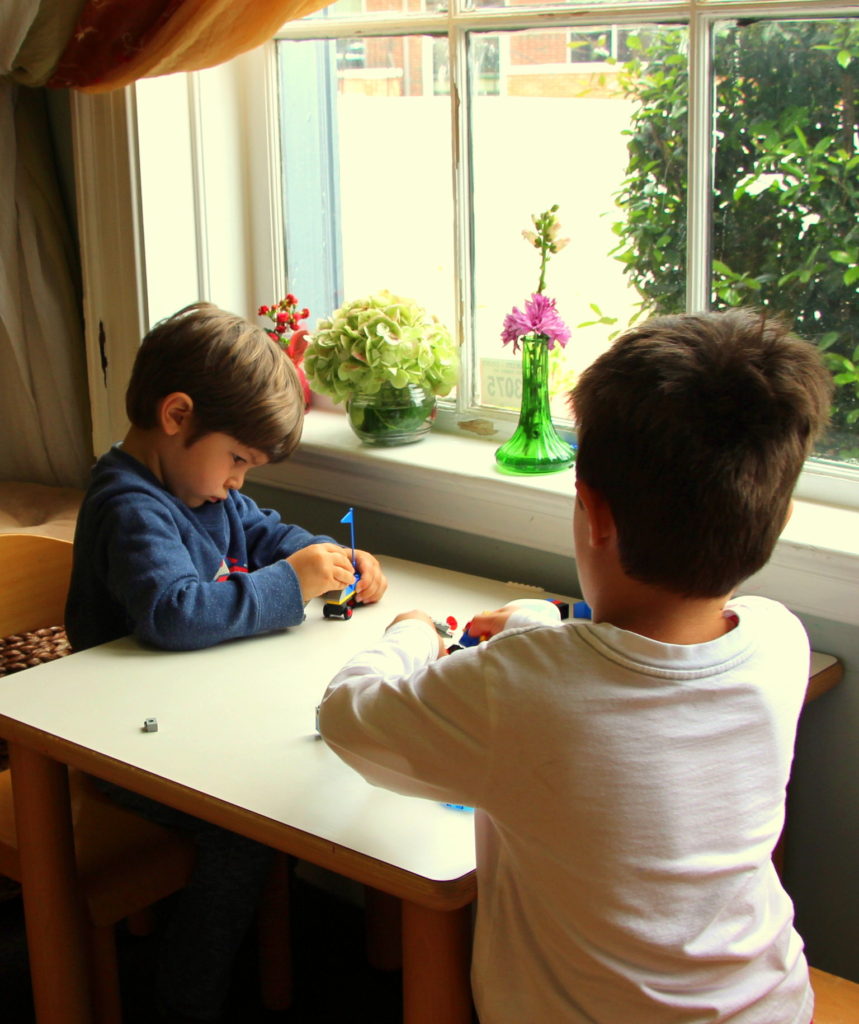











Once again you all blow us away with your dedication to these sweet minds and hearts, as well as by taking the time to share all of this with us. Thank you Angelique for this awesome post, and to both Angelique and Jackie for the thoughtful, loving care all year long! Our kids have all grown so much this year, it’s mind boggling. Also, super thankful for the real community of friends they have within each other.
I’m swooning over here! What gorgeous photos of our amazing kids doing astounding things. I never thought a four year old could MULTIPLY. Angelique and Jackie, you guys have created the most encouraging and stimulating learning environment for our kids. Thanks for being so incredible!!
Thank you all so much! These pictures are gorgeous and as always, make me so happy to have the kiddos in your care. I can’t believe tomorrow is D’s last day in Indigo! I know for sure that he’ll be going to kindergarten well prepared by all the wonderful lessons he’s had at Indigo.
You’re so very welcome– it was a pleasure working with Daniel over the years, and we are so excited to hear updates about him as we know he will thrive wherever he goes. Much love!